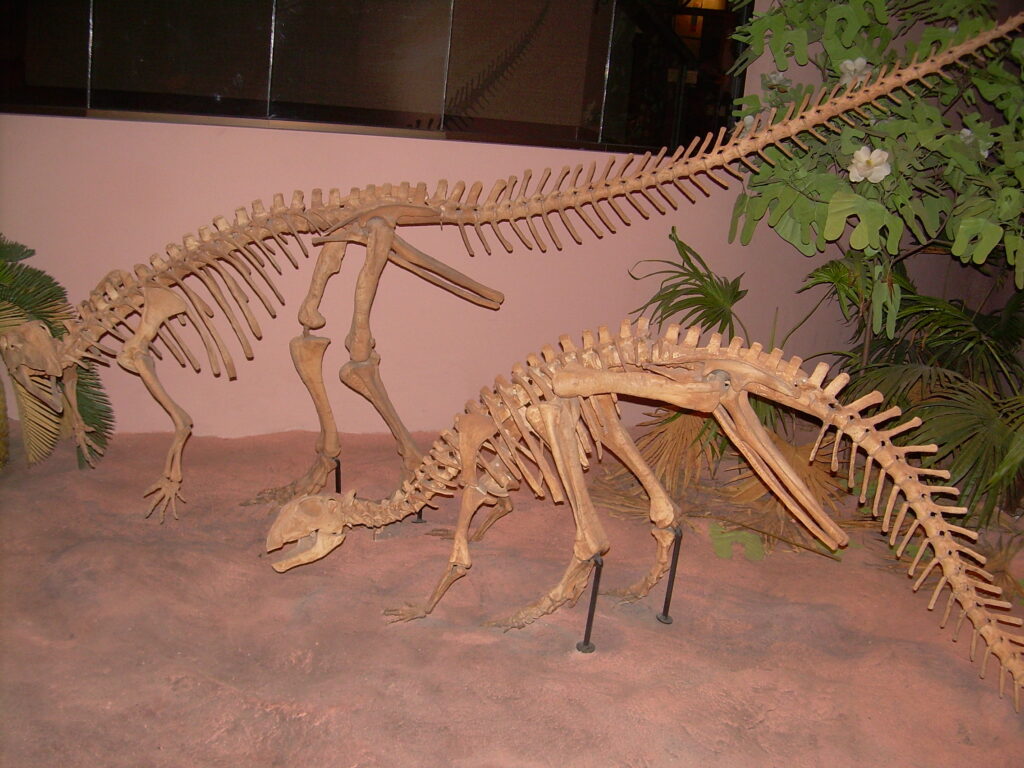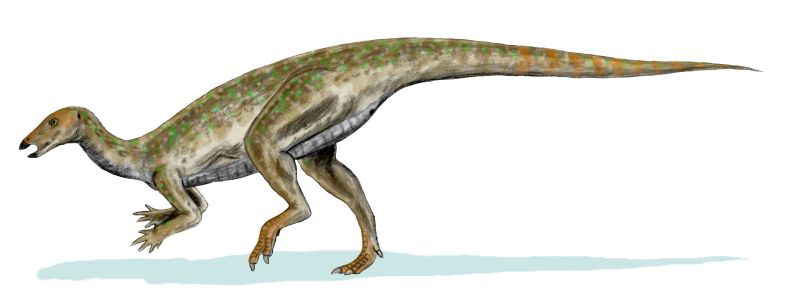The ancient supercontinent Pangaea began breaking apart approximately 180 million years ago, triggering one of the most significant evolutionary experiments in Earth’s history. This massive geological process, known as continental drift, created natural barriers that isolated dinosaur populations from one another, leading to divergent evolution across separate landmasses. Once-connected species began developing along independent evolutionary paths, resulting in the remarkable diversity of dinosaur species that paleontologists study today.
Understanding how continental drift influenced dinosaur evolution provides a fascinating window into how geographical isolation shapes biodiversity and explains the distinctive regional characteristics of dinosaur fossils found across different continents.
The Pangaea Supercontinent: Home to Early Dinosaurs

During the Triassic period, approximately 252-201 million years ago, all of Earth’s landmasses were united in a single supercontinent called Pangaea. This vast landmass created a world where early dinosaurs could potentially range across much of the planet without encountering oceanic barriers. The earliest dinosaurs emerged during this time, including primitive forms like Eoraptor and Herrerasaurus from what is now South America. Evidence suggests that early dinosaur species could spread relatively easily across Pangaea, explaining why we find similar early dinosaur fossils across widely separated modern continents. The unified landmass of Pangaea allowed for a relatively homogeneous dinosaur fauna during the early stages of dinosaur evolution, with species able to maintain genetic connectivity across vast distances.
The Beginning of the Great Breakup
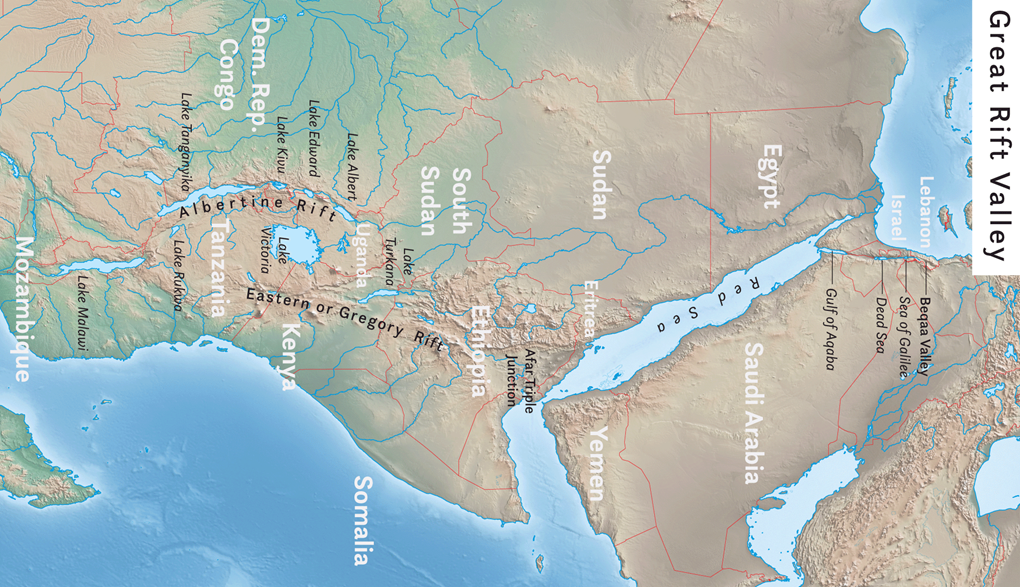
Pangaea’s fracturing began in earnest during the Early Jurassic period, approximately 180 million years ago. This initial split created two major landmasses: Laurasia in the north (consisting of what would become North America, Europe, and Asia) and Gondwana in the south (containing the future South America, Africa, Australia, Antarctica, and India). This fundamental division created the first major geographic barrier to dinosaur movement, as the widening Tethys Sea began separating northern and southern dinosaur populations.
Geological evidence from seafloor spreading and magnetic anomalies in ocean basins provides the timeline for this continental separation. As the gap between these landmasses grew, dinosaur species on either side began their separate evolutionary journeys, responding to different environmental pressures and ecological opportunities while losing the ability to interbreed with their now-distant relatives.
Gondwana’s Dinosaur Distinctiveness
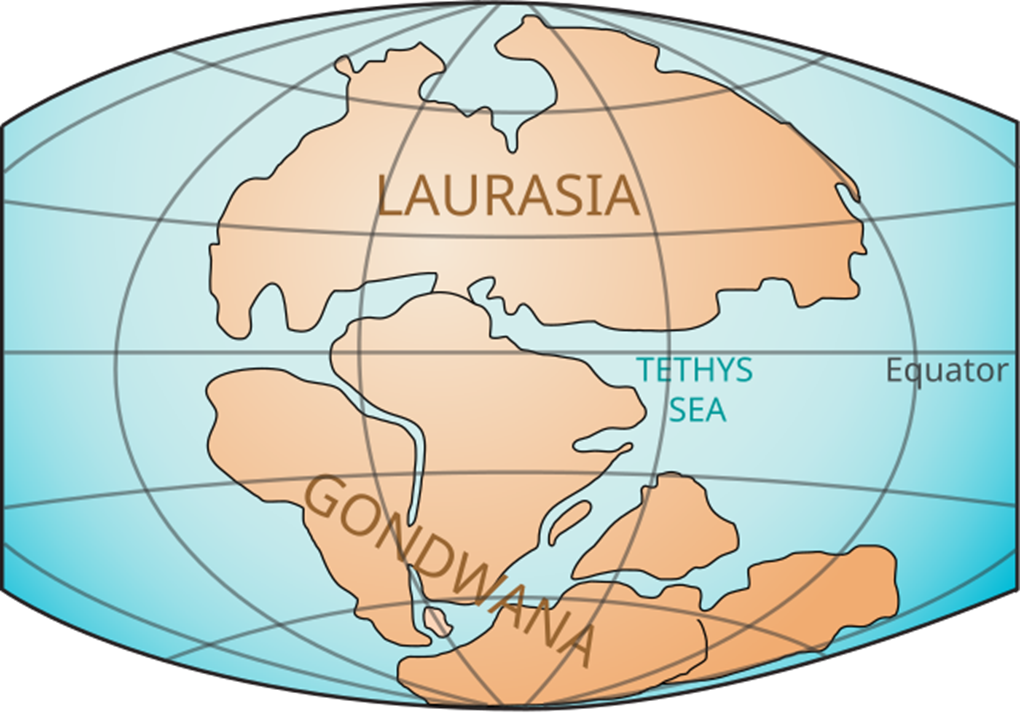
The southern supercontinent Gondwana developed its own distinctive dinosaur fauna following separation from Laurasia. Perhaps most notably, Gondwana became home to the titanosaurs, a group of massive sauropod dinosaurs that dominated the southern continents. Fossil evidence from Argentina, Brazil, Africa, and Australia reveals these extraordinary long-necked giants evolved unique characteristics in their isolated southern realm. Another distinctly Gondwanan group was the abelisaurids, predatory theropods that replaced tyrannosaurs as apex predators in the southern hemisphere.
Their fossils are found across former Gondwanan landmasses but are notably absent from Laurasian territories. These southern dinosaur groups developed specialized adaptations to Gondwana’s environments, including the more arid regions that formed in parts of the separating supercontinent, demonstrating how geographical isolation led to distinctive evolutionary paths.
Laurasia’s Unique Dinosaur Developments

While Gondwana’s dinosaurs evolved along their own trajectory, Laurasia developed equally distinctive dinosaur communities. The northern supercontinent became home to famous dinosaur groups like the tyrannosaurs, which evolved into the iconic Tyrannosaurus rex in North America. Similarly, hadrosaurs (duck-billed dinosaurs) flourished across Laurasia, developing into diverse species with elaborate head crests and specialized teeth for processing plant material.
Another northern specialty was the ceratopsians (horned dinosaurs like Triceratops), which developed elaborate frills and horn arrangements across North America and Asia. These dinosaur groups are rarely, if ever, found in Gondwanan fossil deposits, highlighting how continental separation created distinct evolutionary opportunities in different geographic regions. The ecological niches filled by tyrannosaurs in Laurasia were occupied by abelisaurids in Gondwana, showing parallel but separate evolutionary developments.
The Formation of the Atlantic Ocean
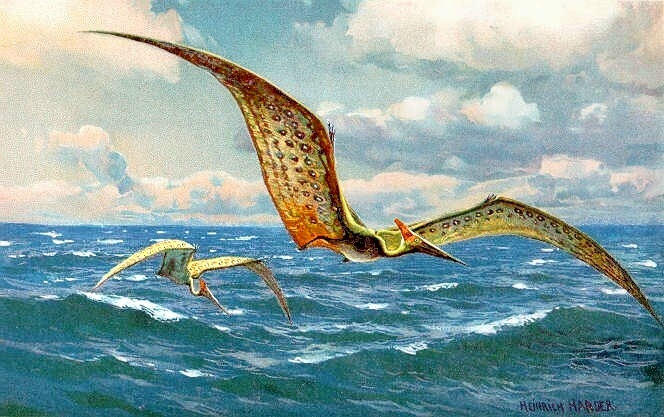
One of the most significant geographic divides created by continental drift was the Atlantic Ocean, which began forming when Pangaea initially split between what would become North America and Africa. This oceanic divide widened gradually, first separating North America from Africa around 170 million years ago, and later separating South America from Africa approximately 130 million years ago. As this marine barrier expanded, dinosaur populations on either side became completely isolated from one another, unable to migrate or interbreed.
The widening Atlantic created some of the most profound dinosaur differences between the Americas and Africa, despite their former connection. Fossil evidence shows increasing divergence between dinosaur species on either side of the Atlantic as the Jurassic gave way to the Cretaceous period, with each continent developing increasingly endemic dinosaur species that evolved to suit local environments and ecological opportunities.
India’s Dinosaur Journey

Among the most dramatic continental movements during the age of dinosaurs was the northward journey of India. Originally part of Gondwana and attached to Madagascar, India began drifting northward around 120 million years ago, becoming an isolated island continent during much of the Late Cretaceous period. This isolation created a natural laboratory for dinosaur evolution, with India’s dinosaur fauna developing in isolation from both its former Gondwanan neighbors and the northern Laurasian landmasses.
Paleontologists have discovered distinctive dinosaurs like Rajasaurus, an abelisaurid theropod unique to the Indian subcontinent. Fossils from the Lameta Formation in central India reveal dinosaurs with features suggesting both Gondwanan heritage and unique adaptations developed during India’s “splendid isolation.” India’s dinosaurs eventually went extinct before the subcontinent collided with Asia approximately 50 million years ago, but their fossils provide evidence of how continental movements drove evolutionary distinctiveness.
South America’s Isolated Evolution

South America became increasingly isolated during the Late Cretaceous period after separating from Africa and maintaining only tenuous connections to Antarctica and Australia. This isolation resulted in one of the most distinctive dinosaur faunas on the planet. South America became home to bizarre theropods like Carnotaurus, with its bull-like horns and extremely reduced forelimbs, and Giganotosaurus, which rivaled Tyrannosaurus in size but belonged to the completely separate carcharodontosaurid family.
The continent also nurtured unique sauropods, including the titanosaur Argentinosaurus, possibly the largest land animal that ever lived. Paleontologists working in Argentina, Brazil, and Chile continue to discover dinosaur species found nowhere else on Earth, highlighting South America’s role as an evolutionary incubator. The ecological isolation of South America allowed dinosaurs to evolve in directions not seen on other continents, creating a distinct evolutionary signature still evident in fossil beds across the continent.
Antarctica’s Lost Dinosaur World
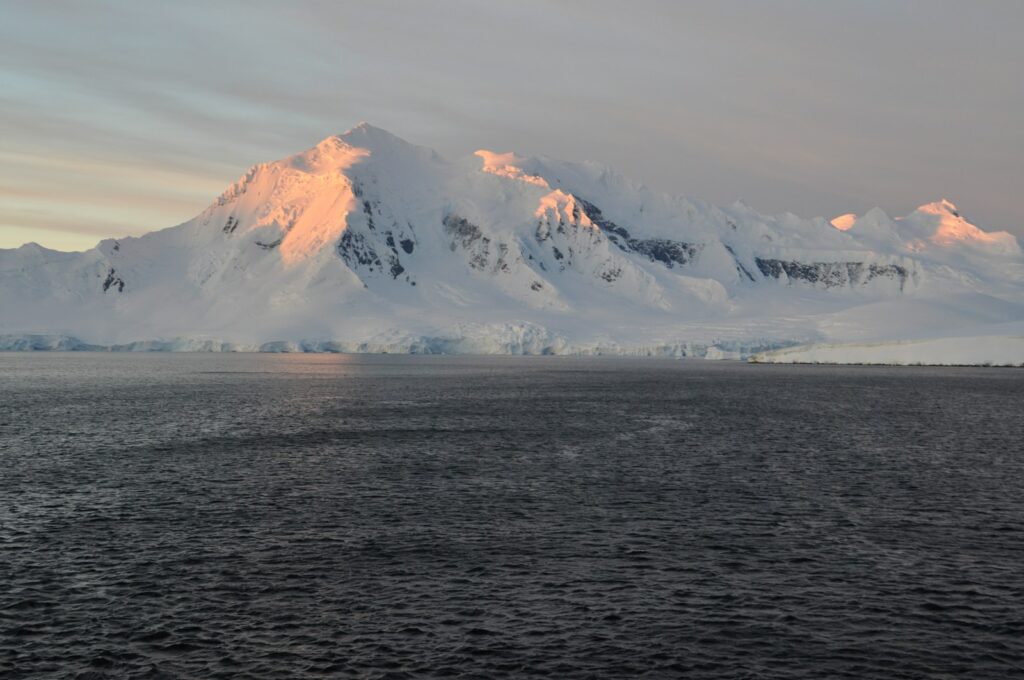
Today, Antarctica lies under kilometers of ice, but during the Mesozoic Era, it was positioned much closer to the equator and enjoyed a temperate climate that supported diverse dinosaur life. Antarctic dinosaur fossils provide critical evidence for understanding how continental drift influenced dinosaur distribution. Discoveries on James Ross Island and the Antarctic Peninsula have revealed dinosaurs like Cryolophosaurus, a crested theropod, and Glacialisaurus, a primitive sauropodomorph. These findings demonstrate that Antarctica initially shared dinosaur groups with other Gondwanan landmasses, particularly Australia and South America, to which it remained connected the longest.
As Antarctica gradually shifted southward toward its current polar position, its dinosaur fauna faced increasing isolation and challenging environmental conditions. The continent’s gradual movement toward the South Pole created climate stresses that likely drove unique adaptations in its dinosaur inhabitants, though much of this evolutionary story remains to be discovered due to the difficulties of conducting paleontological expeditions in Antarctica.
Australia’s Distinctive Dinosaur Fauna

Australia’s dinosaur fossil record reveals how its gradual isolation from other Gondwanan landmasses led to distinctive evolutionary developments. Connected to Antarctica until approximately 45 million years ago (though functionally separated by narrow seaways much earlier), Australia preserved a dinosaur fauna with both shared Gondwanan characteristics and unique adaptations. The continent has yielded fossils of distinctive dinosaurs like Australovenator, a medium-sized carnivore more closely related to South American predators than to Asian ones, reflecting Australia’s Gondwanan heritage.
Discoveries in Victoria and Queensland have revealed polar-adapted dinosaurs that could survive the cold, dark winters that Australia experienced due to its high-latitude position during the Cretaceous period. Unlike North America and Asia, Australia has not yielded tyrannosaur or ceratopsian fossils, underscoring how continental isolation prevented these northern groups from reaching the southern continent. Australia’s dinosaur record, though still relatively sparse compared to some continents, provides crucial evidence for how geographic isolation shaped dinosaur evolution.
The Chinese Microcontinent: A Unique Evolutionary Laboratory
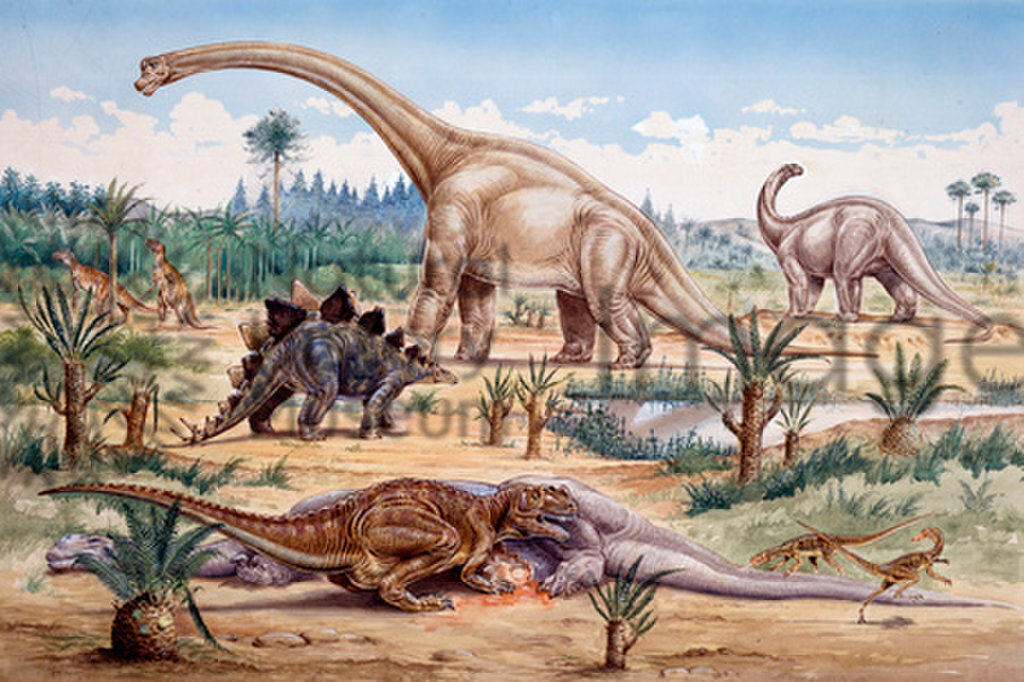
During parts of the Jurassic and Cretaceous periods, portions of what is now China existed as separated landmasses or microcontinents, creating unique conditions for dinosaur evolution. This geographical arrangement helped produce some of the most unusual and distinctive dinosaurs known to science. The exceptional fossil beds of Liaoning Province have revealed remarkably preserved feathered dinosaurs like Sinosauropteryx and Yutyrannus, providing crucial evidence for the dinosaurian origin of birds.
China’s partial isolation allowed for the evolution of unique groups like the long-necked mamenchisaurids and the bizarre therizinosaurs with their massive claws and herbivorous diets. The geographic barriers created by seaways between Chinese terranes and other parts of Asia likely contributed to this evolutionary distinctiveness. China’s complex geological history, involving the assembly of multiple continental fragments, created a patchwork of habitats and opportunities for dinosaur specialization, resulting in the remarkable diversity of Chinese dinosaur fossils being discovered today.
North America’s Dinosaur Provinces

Even within single continental landmasses, geographic barriers could isolate dinosaur populations and lead to regional differentiation. North America during the Late Cretaceous provides a striking example of this phenomenon, with the Western Interior Seaway splitting the continent into eastern and western portions. This massive inland sea, stretching from the Gulf of Mexico to the Arctic Ocean, created two distinct dinosaur provinces. Western North America (Laramidia) developed a different dinosaur fauna from eastern North America (Appalachia), with distinct species evolving on either side of the seaway.
Tyrannosaurus and Triceratops dominated western ecosystems, while eastern North America hosted its own unique predators like Dryptosaurus and the unusual duckbill Hadrosaurus. Fossil evidence indicates that even within Laramidia, northern and southern dinosaur communities showed differences, suggesting that climate zones and mountain ranges created additional barriers to dinosaur movement. These regional distinctions within North America demonstrate how geographic barriers, even temporary ones, could drive evolutionary divergence.
Island Dwarfism and Dinosaur Evolution

One of the most fascinating consequences of continental fragmentation was the creation of islands where dinosaur populations could experience dramatic evolutionary changes due to limited resources. The Late Cretaceous Hațeg Island, part of present-day Romania, provides compelling evidence for island dwarfism among dinosaurs. On this isolated European island, paleontologists have discovered diminutive sauropods like Magyarosaurus, which grew to only about one-third the size of its mainland relatives.
Similarly, the Hațeg abelisaurid Balaur had unusual adaptations, including a stockier build and two large claws on each hand instead of the typical single claw. These examples demonstrate how islands created by continental drift could drive rapid and dramatic evolutionary changes in isolated dinosaur populations. The limited resources available on islands typically favor smaller body sizes and other specialized adaptations, a principle that affected dinosaurs just as it affects modern island animals. These insular dinosaur species provide some of the clearest evidence for how geographic isolation shaped dinosaur evolution.
Continental Drift and the End of the Dinosaurs
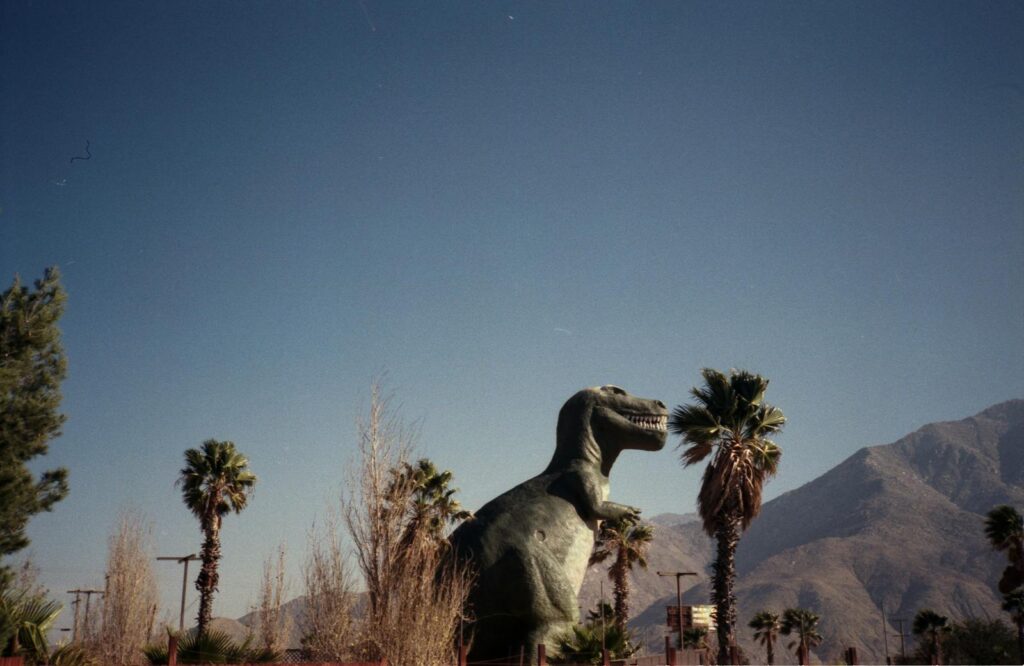
By the end of the Cretaceous period, 66 million years ago, continental drift had created a world of dinosaurs with distinct regional characteristics, the result of over 100 million years of separate evolution on increasingly isolated landmasses. This geographic separation meant that when the Chicxulub asteroid struck Earth, it affected dinosaur groups that had become highly specialized and often endemic to particular regions. The catastrophic extinction that followed eliminated non-avian dinosaurs across all continents, regardless of their evolutionary distinctiveness. Continental positions at the end of the Cretaceous influenced climate patterns and may have affected how different regions experienced the aftermath of the impact.
Interestingly, the one dinosaur lineage that survived—birds—benefited from the flight capabilities that allowed them to overcome the geographic barriers that had isolated their ground-dwelling relatives. Continental drift continued long after the dinosaurs’ extinction, eventually creating the world geography we recognize today, but the 180 million years of continental movement during the dinosaurs’ reign had already left an indelible mark on their evolutionary history.
Modern Parallels: Continental Drift and Today’s Biodiversity
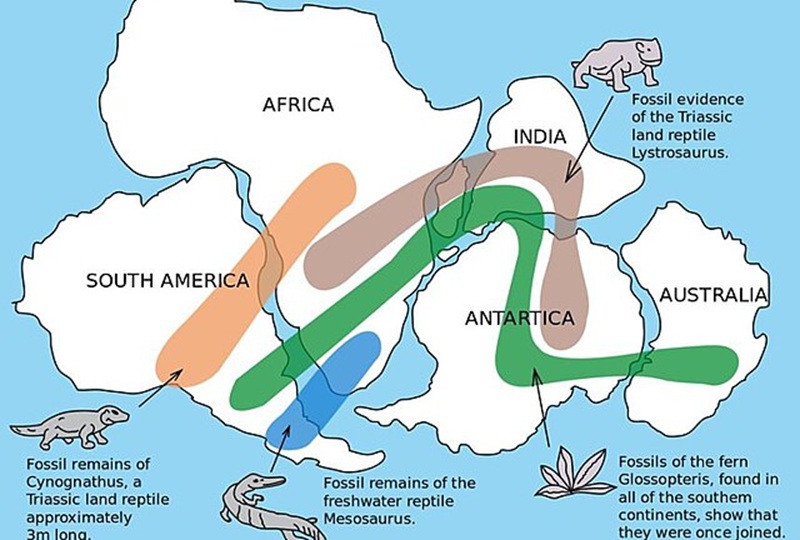
The story of how continental drift affected dinosaur evolution provides important insights into broader patterns of biogeography that continue to shape life on Earth today. Modern continents host distinctive fauna and flora largely because of the same processes that isolated dinosaur populations in the Mesozoic Era. Australia’s unique marsupials, Madagascar’s lemurs, and South America’s distinctive mammals all evolved in isolation following continental separation, just as their dinosaurian predecessors did millions of years earlier.
Scientists studying current biodiversity hotspots often look to continental history to explain patterns of endemism and species distribution. Climate change and human activity now allow some species to cross barriers that previously isolated them, creating new ecological interactions not seen since the continents separated. Understanding how continental drift influenced dinosaur evolution helps paleontologists reconstruct ancient ecosystems while providing context for conservation biologists working to protect the distinctive regional biotas that evolved through similar processes of geographic isolation.
Conclusion: Piecing Together a Fractured Dinosaur World
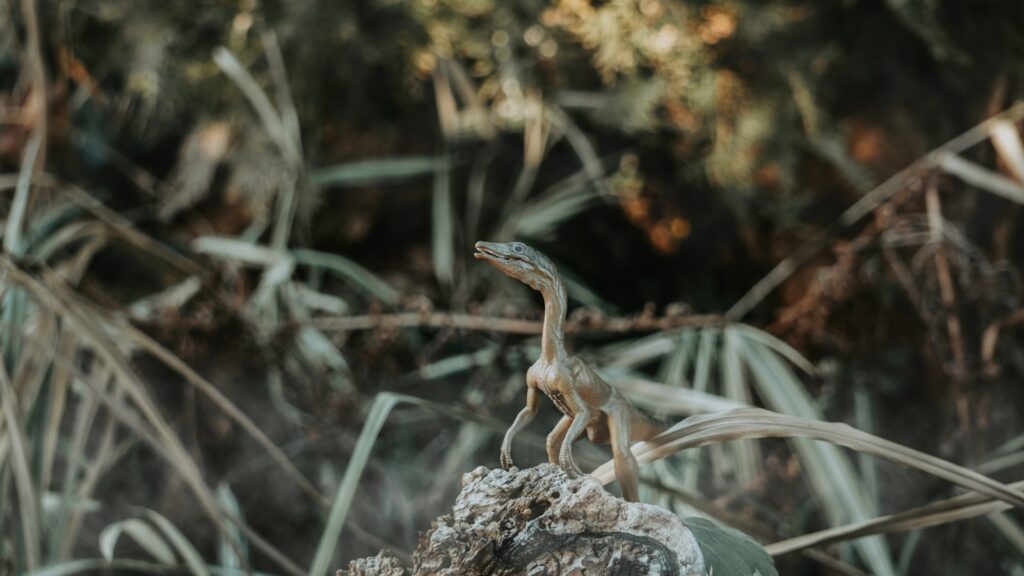
Continental drift stands as one of the most significant forces shaping dinosaur evolution over their 165-million-year reign on Earth. From the unified world of Pangaea to the increasingly fragmented continents of the Late Cretaceous, dinosaurs responded to geographic isolation by evolving distinctive regional characteristics and adaptations. This continental fragmentation created natural laboratories for evolution, with once-related dinosaur populations diverging to create the extraordinary diversity of species that populated the Mesozoic world.
For paleontologists, understanding continental drift provides crucial context for interpreting the fossil record, explaining why certain dinosaur groups are found on some continents but not others. The story of dinosaurs and continental drift reminds us that evolution never occurs in isolation from geology—the very movement of Earth’s surface has profoundly influenced the course of life’s history, creating the patterns of biodiversity that make each region of our planet unique.
Through careful study of dinosaur fossils and ancient geography, scientists continue to reconstruct this fascinating chapter in Earth’s history, revealing how the ground literally shifted beneath the feet of these remarkable animals.


